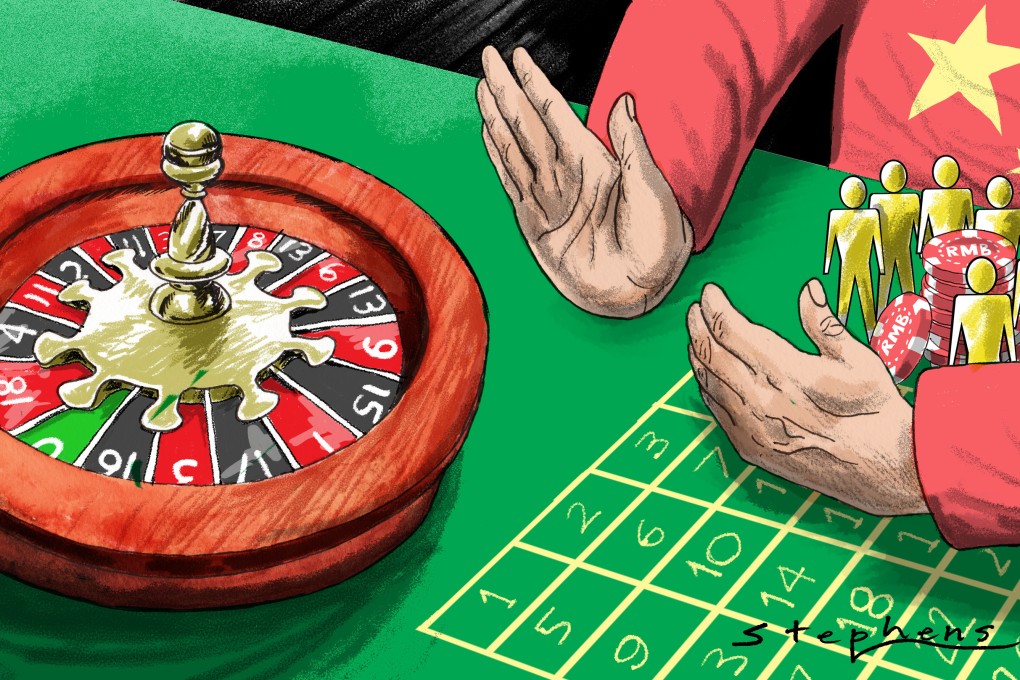Advertisement
Opinion | Why China is moving carefully away from zero-Covid, with or without the protests
- An ill-timed relaxation could trigger mass deaths, a recession and set back gains in poverty, health care and education
- Add to the considerations youth demands for freedoms, China’s easing is necessarily slow and measured
Reading Time:3 minutes
Why you can trust SCMP
4

Politicians and the media in polarised US put their differences aside and threw their support behind the zero-Covid protesters in China. CNN proclaimed: “Protests erupt across China in unprecedented challenge to Xi Jinping’s zero-Covid policy”. Fox News shouted: “BEIJING BACKS DOWN: Chinese citizens ‘empowered’ after Covid protests, China researcher says”.
The zero-Covid protests are a contributory factor to China’s decision to relax its measures, but the Western media portrayal is an oversimplification. The actual situation is a cauldron of risks that threatens to boil over.
China’s handling of Covid-19 is fraught with complexities and intricacies matched by few other countries. The policy is drawn up in Beijing but executed across more than 660,000 communities and villages. This is further complicated by a rural population of more than 500 million – the US rural population is only around a tenth of that.
China may be the world’s second largest economy, but its healthcare system pales against that of the US, where health expenditure per capita is almost US$11,000, vs less than US$600 for China, according to 2019 World Bank data.
Crucially, China’s zero-Covid policy requires political will and deftness to juggle a plethora of rights and freedoms. The West has focused on protesters’ individual rights, and rightfully so. But Chinese people’s collective rights are also an indispensable consideration; this is the political reality.
The United Nations recognises 30 “universal” rights and freedoms. China’s imperative is to find an equilibrium based on Chinese history and circumstances, not American ones.
Advertisement
